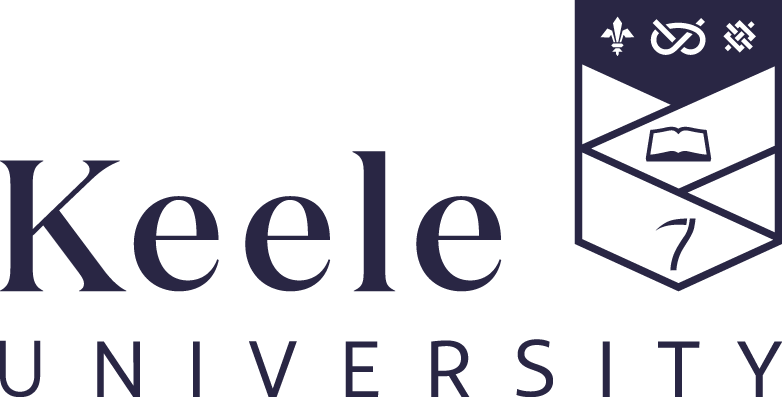
CHE-30038 - Module Specification
School of Chemical and Physical Sciences
Faculty of Natural Sciences
For academic year: 2024/25 Last Updated: 08 January 2025
CHE-30038 - Chemical Kinetics, Photochemistry and Inorganic Reaction Mechanisms
Coordinator: David Mcgarvey Room: LJ1.05 Tel: +44 1782 7 34142
School Office: 01782 734921
Programme/Approved Electives for 2024/25
Available as a Free Standing Elective
Co-requisites
None
Prerequisites
None
Barred Combinations
None
Description for 2024/25
This module develops and brings together theories, concepts and models from physical and inorganic chemistry and spectroscopy to account for experimental observations of inorganic and organic reactions and the physical and chemical properties of electronically excited states (photochemistry). A distinctive feature of the module is the analysis and interpretation of data and observations in peer-reviewed research articles. The principal topics are (i) Advanced Chemical Kinetics (ii) Photochemistry (iii) The Mechanisms of Reaction involving Transition Metal Complexes.
Aims
The aim of this module is to develop and bring together theories, concepts and models from physical and inorganic chemistry and spectroscopy to account for experimental observations of inorganic and organic reactions and the physical and chemical properties of electronically excited states (photochemistry).
Talis Aspire Reading List
Any reading lists will be provided by the start of the course.
http://lists.lib.keele.ac.uk/modules/che-30038/lists
Intended Learning Outcomes
Analyse kinetic models to obtain kinetic and thermodynamic parameters (rate constants, activation parameters, thermodynamic quantities) and make predictions concerning their behaviour under varying experimental conditions: 2
Analyse and interpret qualitative and quantitative experimental data for different types of reactions of metal complexes with specific reference to the most likely mechanism and transition states for the reactions: 3
Locate, extract, interpret and analyse qualitative, quantitative, methodological and conceptual information from peer-reviewed research articles: 1,2
Model, analyse and simulate experimental data using advanced features of Excel: 2
Integrate existing knowledge and skills with the terminology and principles associated with the physical and chemical properties of electronically excited states to interpret, explain and analyse photochemical observations and experimental data: 3
Analyse and interpret spectroscopic and theoretical data and use to elucidate and rationalise the proposed mechanism of transition metal catalysed transformations.: 1
Analyse and interpret qualitative and quantitative experimental data for different types of reactions of metal complexes with specific reference to the most likely mechanism and transition states for the reactions: 3
Locate, extract, interpret and analyse qualitative, quantitative, methodological and conceptual information from peer-reviewed research articles: 1,2
Model, analyse and simulate experimental data using advanced features of Excel: 2
Integrate existing knowledge and skills with the terminology and principles associated with the physical and chemical properties of electronically excited states to interpret, explain and analyse photochemical observations and experimental data: 3
Analyse and interpret spectroscopic and theoretical data and use to elucidate and rationalise the proposed mechanism of transition metal catalysed transformations.: 1
Study hours
Workshops: 25 hours
Independent study: 125 hours
Independent study: 125 hours
School Rules
None
Description of Module Assessment
Infographic task based on peer-reviewed research papers
2: Coursework weighted 25%
Problem-solving tasks based on kinetic models.
3: Problem Sheets weighted 50%
Problem sheet related to inorganic reaction mechanisms and photophysics/photochemistry.